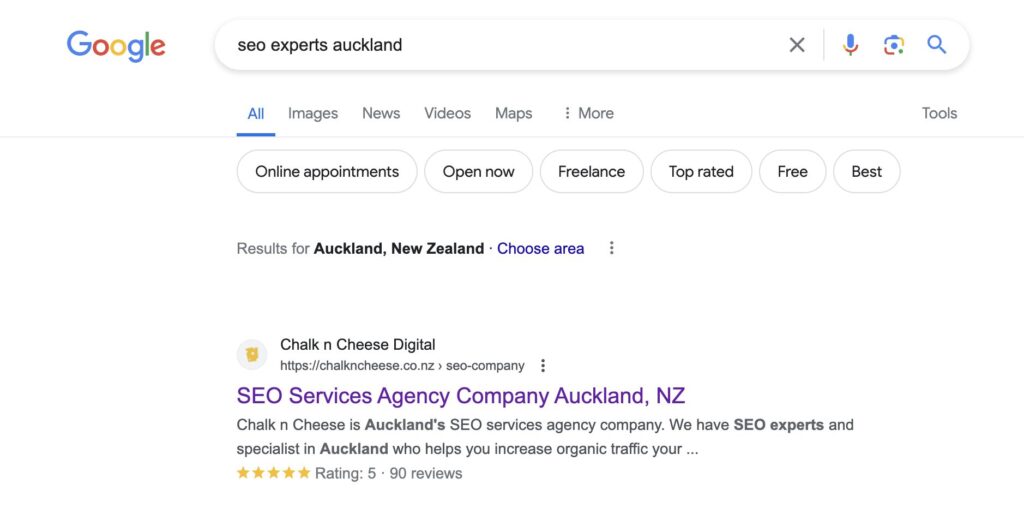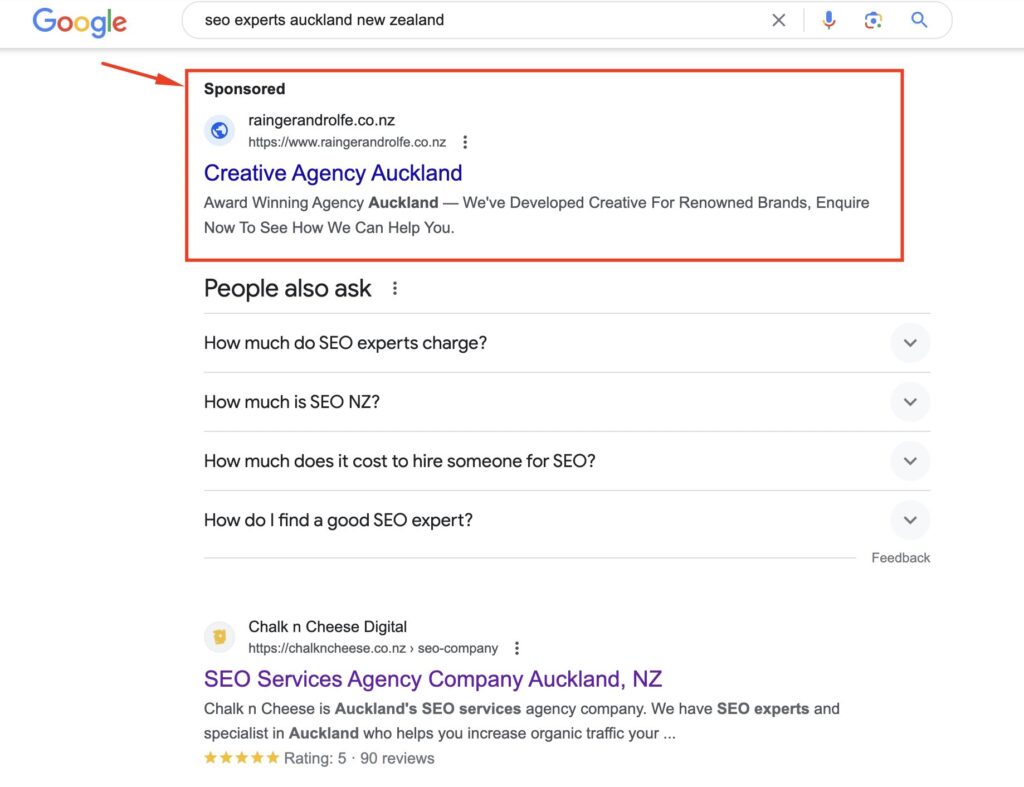How to get on
the first page of Google?

Google Search Ads and SEO (Search Engine Optimization) are two essential components of any digital marketing strategy, each with its unique strengths and benefits. One common question businesses often ask is, How to get my site to show up on Google NZ? This question highlights the importance of understanding the differences between these two approaches. While Google Search Ads provide immediate visibility and targeted traffic, SEO offers sustainable organic growth and credibility. Combining both strategies can maximize a website’s online presence and drive quality traffic from search engines, ultimately helping businesses achieve their goal of appearing first on Google.


